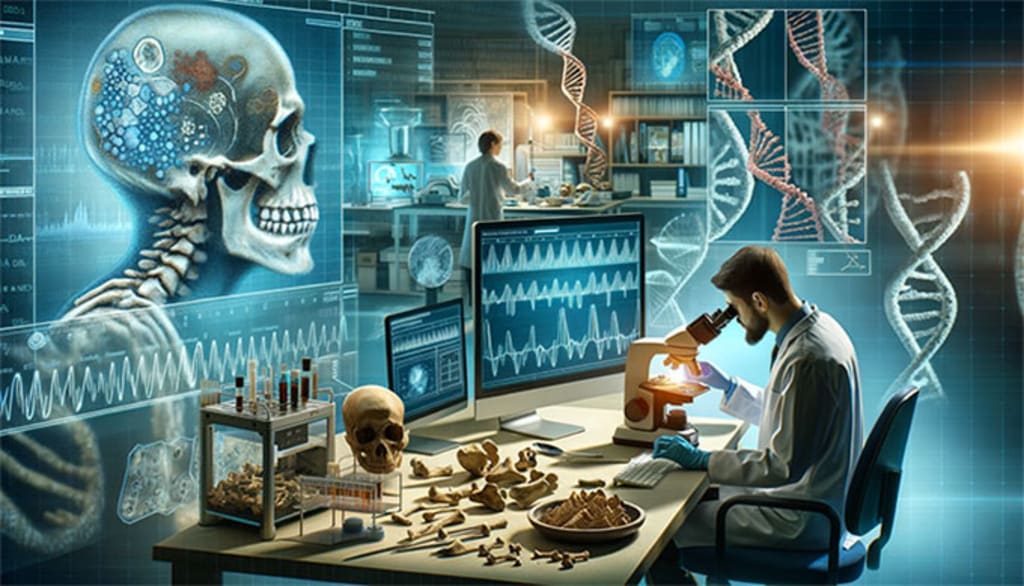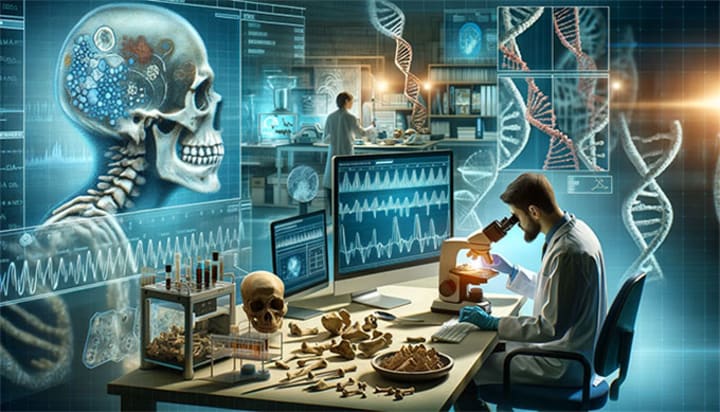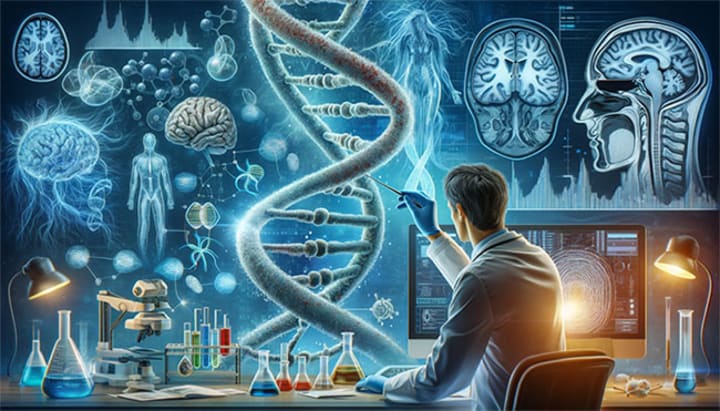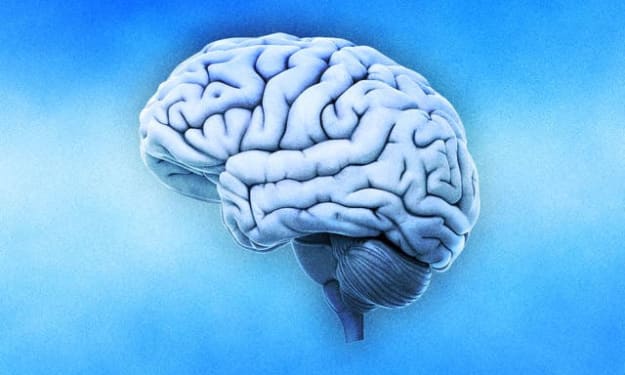Gene bank of 5,000 ancient people decodes multiple sclerosis
In the field of ancient DNA research, a groundbreaking project has been undertaken by a multinational team of scientists, led by experts from the Universities of Cambridge and Oxford. The project focuses on creating a unique ancient DNA gene bank , the result of five years of research and collaboration.

In the field of ancient DNA research, a groundbreaking project has been undertaken by a multinational team of scientists, led by experts from the Universities of Cambridge and Oxford. The project focuses on creating a unique ancient DNA gene bank , the result of five years of research and collaboration.
The gene bank contains DNA from nearly 5,000 ancient people , collected from bones and teeth in museums across Europe and western Asia. This ancient DNA data was then compared with DNA from 400,000 modern people in the UK from the UK Biobank, creating a comprehensive picture of evolution through the ages.

This gene bank contains DNA from nearly 5,000 ancient people.
Dr. William Barrie, a PhD student at the University of Cambridge, and his team analyzed ancient DNA and discovered important information about the cause of multiple sclerosis (MS), which is common in Northern Europeans.
According to research, MS can be understood as the result of genetic adaptation to environmental conditions . Research shows that we now live in a modern world with different hygiene conditions, diets and medical treatment options than our ancestors, increasing the risk of diseases such as MS.
The project also received collaboration from museums across Europe and Western Asia. This collaboration has helped the team create a gene bank, which Dr. Barrie said is a precision tool that opens up new opportunities for analyzing and understanding diseases based on ancient DNA. The project will not only help research MS but also other neurological and psychiatric diseases such as Parkinson's, Alzheimer's, ADHD and schizophrenia.

This project has opened up new insights into the genetic history of humans.
For example, the study of ancient gut bacteria also provides important information about the development and spread of antibiotic resistance. Comparing DNA from ancient fossilized feces with fecal samples from modern populations with industrialized and non-industrialized lifestyles has revealed changes in gut bacterial composition and the development of antibiotic resistance genes. This sheds light on how the study of ancient bacteria can provide new insights into the development and spread of antibiotic resistance, one of the greatest threats to global health today.
In addition, the project also developed a new computational method for analyzing ancient DNA, specifically in determining the copy number of the X and Y chromosomes.
The ancient DNA research project led by scientists from Cambridge and Oxford Universities has opened up new insights into the genetic history of humans and its close links to modern diseases. International collaboration and support from museums and research institutions have made this project not only a scientific achievement but also an outstanding example of international research collaboration.
According to research, MS can be understood as the result of genetic adaptation to environmental conditions . Research shows that we now live in a modern world with different hygiene conditions, diets and medical treatment options than our ancestors, increasing the risk of diseases such as MS.
The project also received collaboration from museums across Europe and Western Asia. This collaboration has helped the team create a gene bank, which Dr. Barrie said is a precision tool that opens up new opportunities for analyzing and understanding diseases based on ancient DNA. The project will not only help research MS but also other neurological and psychiatric diseases such as Parkinson's, Alzheimer's, ADHD and schizophrenia.
For example, the study of ancient gut bacteria also provides important information about the development and spread of antibiotic resistance. Comparing DNA from ancient fossilized feces with fecal samples from modern populations with industrialized and non-industrialized lifestyles has revealed changes in gut bacterial composition and the development of antibiotic resistance genes. This sheds light on how the study of ancient bacteria can provide new insights into the development and spread of antibiotic resistance, one of the greatest threats to global health today.
About the Creator
HK Decor
Telling stories my heart needs to tell <3 life is a journey, not a competition
If you like what you read, feel free to leave a tip,I would love some feedback
https://sites.google.com/view/hk-decor/trang-ch%E1%BB%A7
Enjoyed the story? Support the Creator.
Subscribe for free to receive all their stories in your feed. You could also pledge your support or give them a one-off tip, letting them know you appreciate their work.






Comments
There are no comments for this story
Be the first to respond and start the conversation.